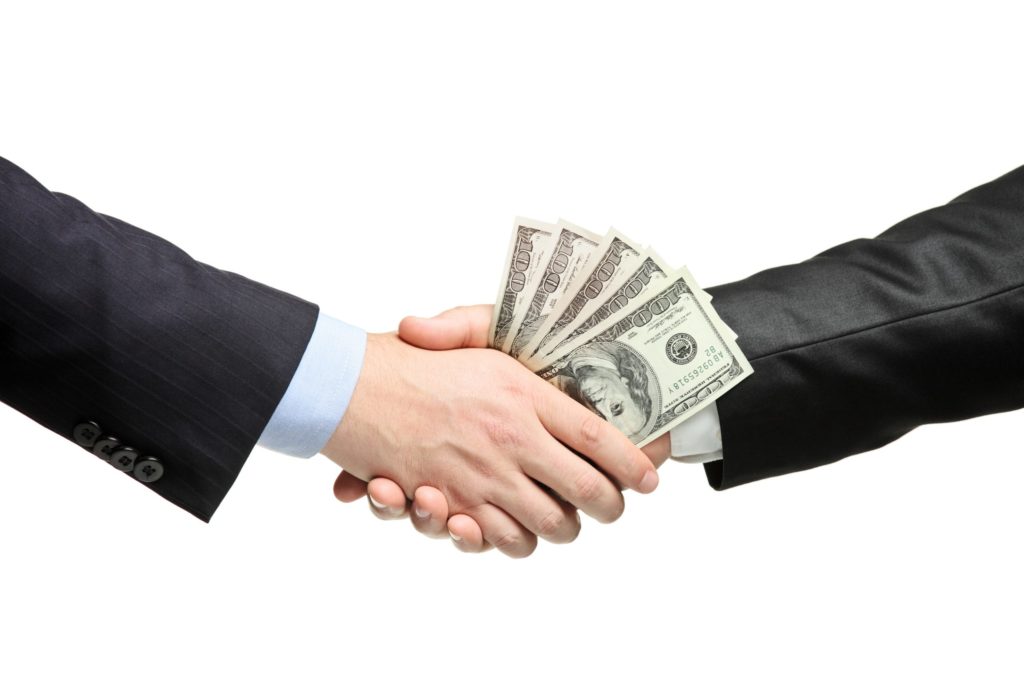As you likely know, the Paycheck Protection Program (PPP) works along these lines for the partnership.
I’m from the government, and I want to give your partnership $40,000 today, with one string attached.
Within two years, your partnership has to pay me $10,000. The partnership pockets the $30,000 ($40,000 – $10,000). Is your partnership in?
Good.
Question: Would your partnership like to keep the entire $40,000? Yes, you say. Here’s how: simply use the $10,000 to pay business interest, rent, and utilities during the eight-week covered period (which is now increased to 24 weeks thanks to the newly enacted Paycheck Protection Program Flexibility Act of 2020).
This is the way the PPP make-a-deal program works for partnerships. In this article, you will find five insights into this automatic cash program that will help you obtain the money and qualify for loan forgiveness.
1. Partner’s Self-Employment Income Creates Cash and Forgiveness
Just as sole proprietors failed originally to ask for their PPP cash assistance, so did many partners.
Three things to note here:
A. The partnership (not the individual partner) applies for the PPP loan.
B. The deemed payroll amount that the partnership uses for the partners is their 2019 self-employment income (both guaranteed payments and ordinary income).
C. If the partnership filed for the PPP loan based on its employees, but failed to include any dollar amount for the partners, the U.S. Small Business Administration (SBA) in an interim final rule authorizes the lender to increase the loan amount for the appropriate partner deemed payroll inclusion that was left out of the original application.
2. Paid and Capped
Line 9 of the SBA official forgiveness application reads as below:
Line 9: Enter any amounts paid to owners (owner-employees, a self-employed individual, or general partners). This amount is capped at $15,385 (the eight-week equivalent of $100,000 per year) for each individual or the eight-week equivalent of their applicable compensation in 2019, whichever is lower.
Note the word “paid.”
In general, payments to partners don’t occur in a pattern that would equal the amount needed during the eight-week covered period.
To protect the partnership’s forgiveness amount, make sure that payments to partners during the eight-week covered period equal the 8/52 of the partners’ deemed 2019 payroll. We have not seen a requirement on the “paid” part, but that word is there. So protect yourself.
Remember, for the partnership, this is free money that goes into the partnership cash drawer based on 2019, regardless of how the partnership is doing in 2020.
Also note the words “capped” and “2019.” The partnership needs to make sure that it pays its partners, during the 2020 eight-week covered period, an amount that equals 8/52 of the partners’ 2019 self-employment income.
The 2020 $15,385 cap is based on $100,000, the maximum 2019 self-employment income allowed for partner compensation on the partnership PPP loan request. If the partner earns less than $100,000, then the 2020 cap is 8/52 of that lesser amount.
Note. The newly enacted Paycheck Protection Program Flexibility Act of 2020 increases the eight weeks to 24 weeks.
For insights on how the dollar amounts for both 2019 and 2020 are computed, see Nine Insights into PPP Loan Forgiveness for the Self-Employed.
3. Qualifying Non-Payroll Expenses
When explaining that the partnership had to file for the PPP loan and forgiveness, the SBA stated:
Rent, mortgage interest, utilities, and other debt service are generally incurred at the partnership level, not partner level, so it is most natural to provide the funds for these expenses to the partnership, not individual partners.
4. Apply
If your partnership has not applied for its PPP money, do it now. The SBA has plenty of money available for PPP loans at the moment, but you have to think it won’t last long.
5. Easier Forgiveness Has Arrived
As you see in Nine Insights into PPP Loan Forgiveness for the Self-Employed, easier forgiveness arrived with the newly enacted Paycheck Protection Program Flexibility Act of 2020. Make sure you read this article.
Takeaways
If your partnership failed to apply for its PPP money, make sure to do that now; today would be good. The PPP money is available.
If your partnership had employees and filed for PPP money without including the partners, ask your lending bank to follow the new SBA rules that allow the bank to increase your loan and that will automatically increase your forgiveness amount, assuming you meet the “paid” rule.
Remember that the partnership obtains the PPP money and the loan forgiveness. With no employees, the rules that apply to the partnership are straightforward, thanks to recent clarifications.
Further, the newly enacted Paycheck Protection Program Flexibility Act of 2020 likely increases forgiveness amounts for not only partnerships, but all businesses.

